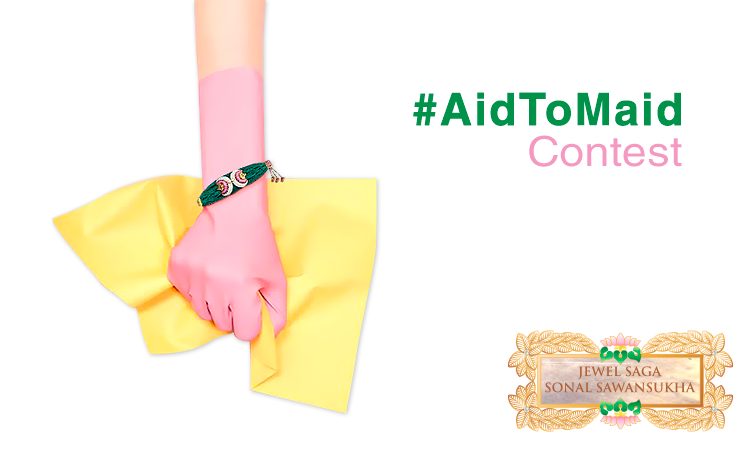
Komal Panwar
Blogger
Every Garden Should Grow These 7 Indian Herbs
- JWB Post
- July 29, 2016
Tulsi, Methi, Pudina, Dhaniya, these are some of the daily ingredients of every Indian household. So much, that sometimes, some of it is given free with other veggies. Yes, I’m talking to you, dhaniya.
But, did you know that all of these herbs can be grown at once inside your very garden? Well, now you do! Check out the seven different Indian herbs, and how you can grow them in your tiny balconies!
Basil
Basil, or Tulsi, is one of the most used herbs all over the world. Known for its intense flavour and aroma, basil is not only great to cook with, but it also has several medicinal uses.
To grow your own basil, get basil seeds, and plant them in a pot with good quality moist soil. Make sure you place the pot where it gets a good amount of sunlight, and water it frequently. It should take about five to 10 days for germination to take place, and it should grow within two and a half months.
Coriander
Coriander, or dhania, is used not only as a garnish but also as a flavouring agent in several Indian dishes. It helps with digestion as well as with gastric issues and is known to have a good impact on blood sugar.
To grow your own coriander, harvest the seeds in a pot with good quality soil, and place it where it can get a good amount of sunlight. You should see the seeds sprout in a little over a week, and you can start using the coriander leaves in about a month.
Mint
Mint, or pudina, is quite a handy herb to have in the summer. Mixed with coriander, it makes for a great chutney, and an awesome jelly that can be eaten with roasts. Crush a few leaves into a cup of tea, or into a glass of chilled water, and it completely transforms the drink.
Mint is known to spread and grow all over, so plant it in a closed container. Plant a few stalks in independent pots, and make sure you don’t water it too much.
Curry Leaves
Curry leaves need no introduction whatsoever. A staple in most Indian kitchens, a few curry leaves have the ability to really enhance flavours.
To grow curry leaves at home, plant a healthy sapling in a pot with good quality soil. Curry leaves need regular care and natural fertilisers like tea leaves or buttermilk for best results. Make sure you trim all the dried and dead leaves to keep the plant healthy.
Fenugreek
Fenugreek, or methi, is just another one of those herbs that are famous not just as a flavouring agent, but also for its medicinal abilities. Used in paranthas, dals, curries, and more, fenugreek also helps in any kind of stomach ailment.
To grow fenugreek at home, plant a few seeds in a wide pot. Make sure there is enough space between each seed. Water the seeds regularly, and they will germinate soon.
Dill
Both fresh and dried dill leaves have that sharp, slightly bitter taste, and can be used to add flavour to meat, fish, and vegetables. The flavour of dill can be so heady, that you can cook potatoes with the only dill, or sprinkle it on some cucumber for a sandwich filling.
To grow dill, sow the seeds in a container that is at least a foot deep. The seeds will germinate in a few days, as long as the soil is kept moist. Ensure that the container is in a place that gets plenty of sunlight, and place stalks in the container to help the plant grow.
Lemongrass
Lemongrass is what gives Thai curry that distinctive taste. Used very often in marinades for chicken or prawn, lemongrass is also used to infuse that strong flavour in teas.
To grow it at home, buy a stalk of lemongrass, and plant it in a pot of good quality soil. Keep in a place which gets plenty of sunlight, and water regularly.
What herbs do you have in your kitchen garden?
This article first appeared on Vagabomb.
- 0
- 0










